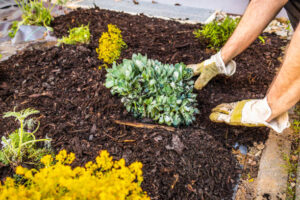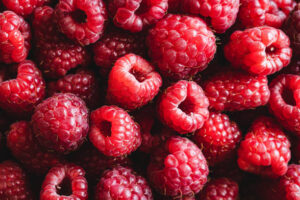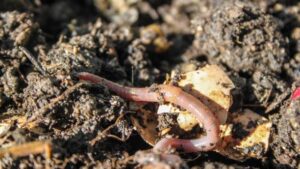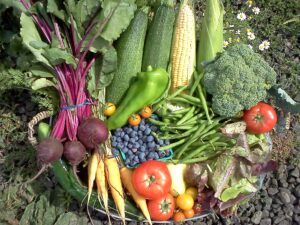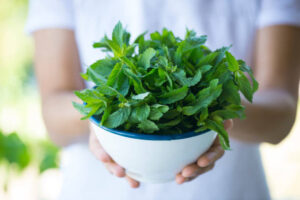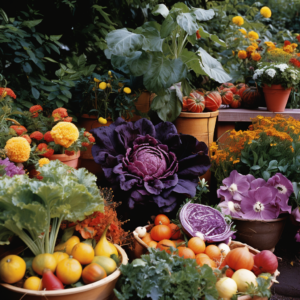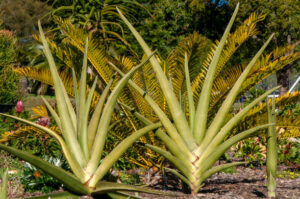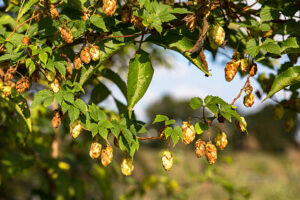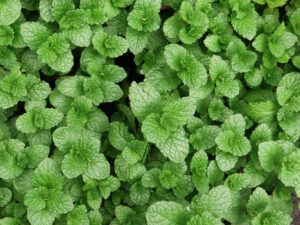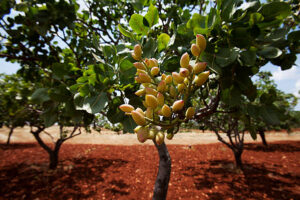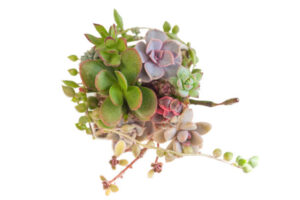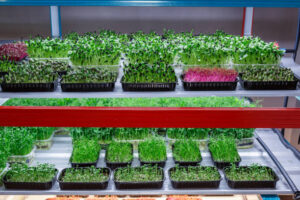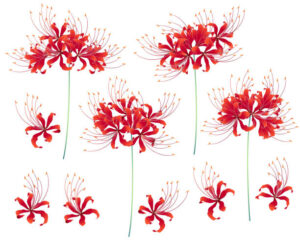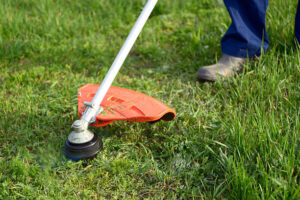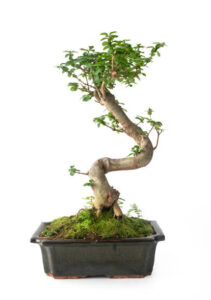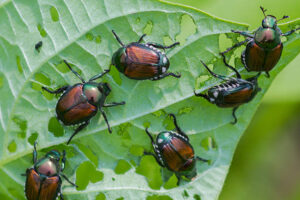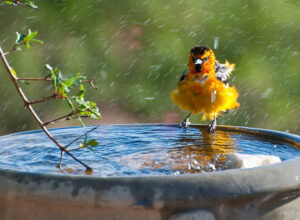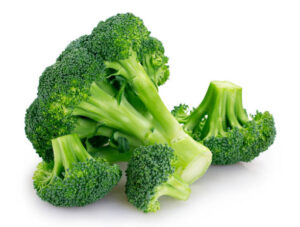Plants That Can Be Deadly: Know What to Avoid
Introduction
The allure of nature’s greenery often conceals a hidden truth—some plants can be deadly if mishandled or ingested. While many plants contribute to the beauty of our surroundings, it’s crucial to be aware of the potentially harmful ones that lurk amidst the foliage. This guide aims to shed light on plants that can be deadly, providing you with essential knowledge to navigate the green landscape safely. Whether you’re a gardening enthusiast, a parent, or simply someone who enjoys the outdoors, knowing what to avoid is a crucial aspect of coexisting harmoniously with nature.
1. Deadly Berries
Not all berries are created equal, and some can be toxic if consumed. Beware of plants like deadly nightshade (Atropa belladonna), which produces glossy black berries that are highly toxic. Likewise, yew bushes (Taxus spp.) contain bright red berries that may seem tempting but are deadly if ingested.
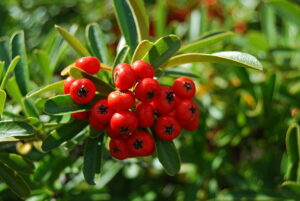
2. Poisonous Leaves
- Oleander (Nerium oleander): Known for its vibrant and fragrant flowers, oleander conceals a deadly secret in its leaves. All parts of the plant contain toxic compounds, particularly oleandrin, which can be fatal if ingested. Exercise caution when handling oleander, and keep it out of reach of children and pets.
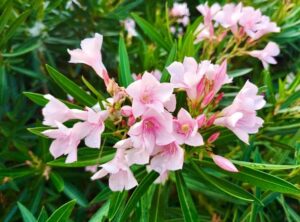
- Castor Bean Plant (Ricinus communis): The castor bean plant, famous for producing castor oil, harbors deadly toxins in its seeds. Ricin, a potent poison, is present in the seeds and can be fatal even in small quantities. Keep this plant away from areas accessible to curious pets or children.
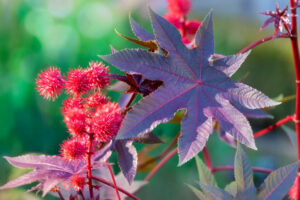
3. Toxic Roots
- Foxglove (Digitalis purpurea): While admired for its tall spikes of bell-shaped flowers, foxglove contains toxins in all parts of the plant, especially the roots. Ingesting even a small amount of the plant can lead to severe toxicity, affecting the heart and nervous system.

- Deadly Hemlock (Conium maculatum): Often mistaken for edible plants like wild carrot, deadly hemlock possesses toxic alkaloids in its roots. Accidental ingestion can lead to symptoms ranging from nausea to respiratory failure.

4. Irritating Sap
- Giant Hogweed (Heracleum mantegazzianum): Giant hogweed, though not deadly, can cause severe skin irritation. Its sap contains photosensitive compounds that, when exposed to sunlight, can lead to painful blisters and burns. Identifying and avoiding contact with this plant is crucial for skin safety.

- Euphorbia Species (Spurges): Various species of spurges, including the popular poinsettia, produce a milky sap that can cause skin irritation. While not deadly, it’s essential to handle these plants with care and wash your hands thoroughly after contact.
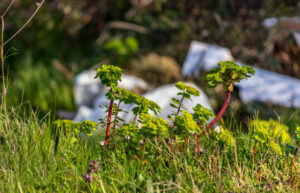
5. Allergic Reactions
- Poison Ivy, Poison Oak, and Poison Sumac: While not deadly, these plants can cause severe allergic reactions in susceptible individuals. The oils present in the leaves can lead to intense itching, redness, and blistering. Learn to recognize these plants and take precautions when venturing into areas where they may be present.
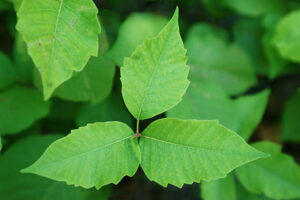
Conclusion
While the beauty of nature is abundant, it is accompanied by a responsibility to be aware of potentially deadly plants. Knowing what to avoid and teaching others, especially children, about the potential dangers of certain plants is essential for a safe coexistence with nature. Whether you’re tending to a garden, exploring the outdoors, or simply enjoying the greenery around you, a cautious approach ensures that the beauty of nature remains a source of joy rather than harm. Stay informed, be vigilant, and revel in the wonders of nature with a newfound awareness of its potential hazards.




